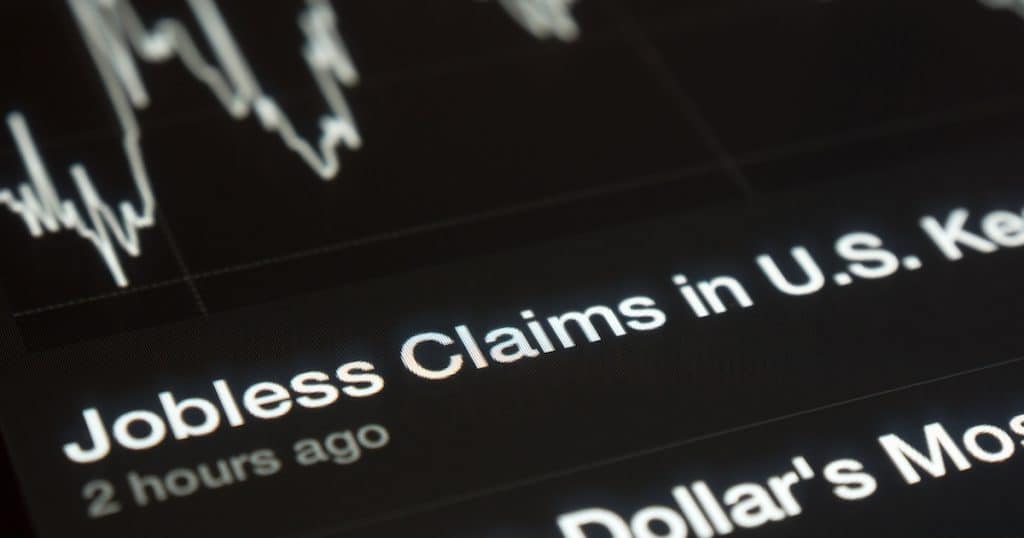The U.S. Labor Department (DOL) reported initial jobless claims fell 10,000 to just 204,000 for the week ending January 11, again beating the forecast. The previous week’s level was unrevised at 214,000.
Forecasts for initial jobless claims ranged from a low of 210,000 to a high of 220,000. The consensus forecast was 215,000.
The 4-week moving average was 216,250, a decrease of 7,750 from the previous week’s revised average. The previous week’s unrevised average.


The advance seasonally adjusted insured unemployment rate was unchanged at a very low 1.2% for the week ending January 4.
The advance number for seasonally adjusted insured unemployment during that week was 1,767,000, a decrease of 37,000. The previous week’s level was revised up 1,000 from 1,803,000 to 1,804,000.
The 4-week moving average was 1,755,500, an increase of 10,500. The previous week’s average was revised up by 250 from 1,744,750 to 1,745,000.
No state was triggered “on” the Extended Benefits program during the week ending December 28, the Labor Department said.
The highest insured unemployment rates in the week ending December 28 were in Alaska (3.3), Connecticut (2.8), New Jersey (2.8), Rhode Island (2.6), Minnesota (2.4), Montana (2.4), West Virginia (2.4), Iowa (2.3), Pennsylvania (2.3), and Massachusetts (2.2).
The largest increases in initial claims for the week ending January 4 were in New York (+26,462), Georgia (+12,929), South Carolina (+5,290), Texas (+3,420), and Connecticut (+3,168), while the largest decreases were in New Jersey (-7,530), Iowa (-5,752), Michigan (-5,689), Ohio (-5,184), and Illinois (-4,758).
The most damning journalistic sin committed by the media during the era of Russia collusion…
The first ecological study finds mask mandates were not effective at slowing the spread of…
On "What Are the Odds?" Monday, Robert Barnes and Rich Baris note how big tech…
On "What Are the Odds?" Monday, Robert Barnes and Rich Baris discuss why America First…
Personal income fell $1,516.6 billion (7.1%) in February, roughly the consensus forecast, while consumer spending…
Research finds those previously infected by or vaccinated against SARS-CoV-2 are not at risk of…
This website uses cookies.